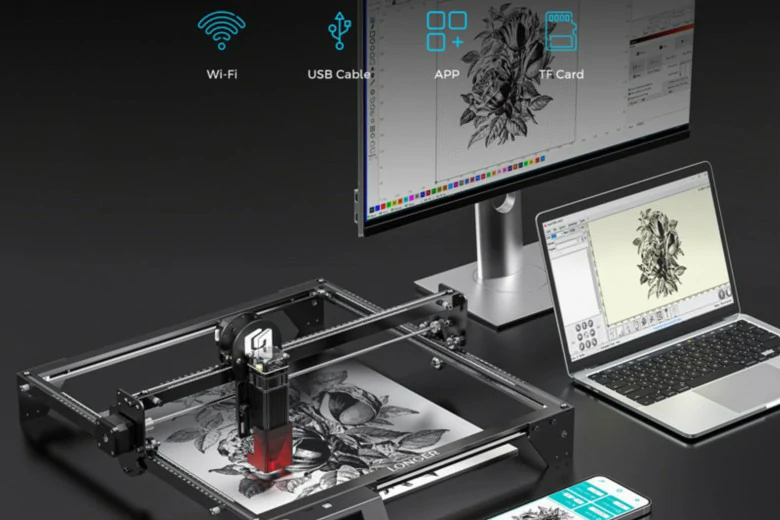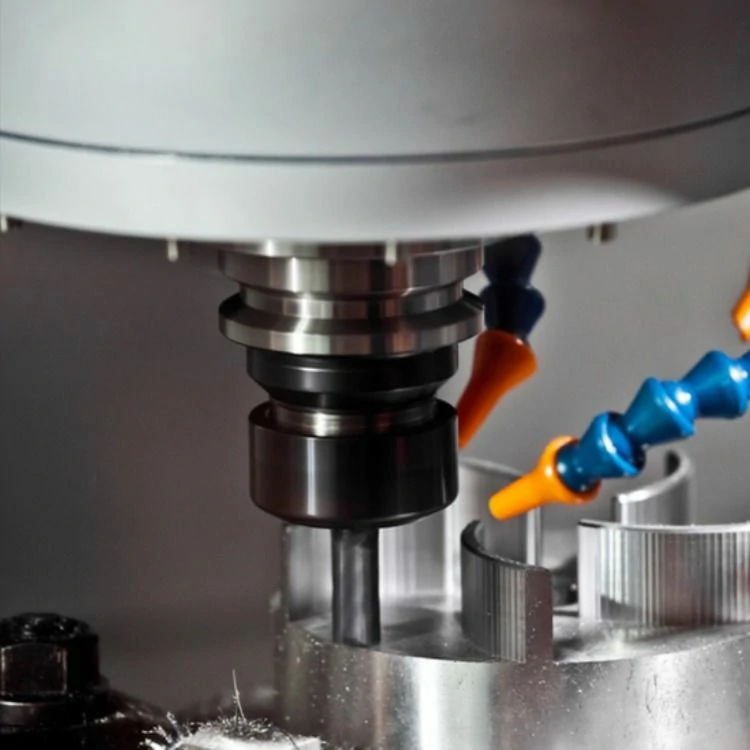5 Cost-Saving Designs for CNC Machining
In the world of manufacturing, cost-saving measures are always a top priority. One area where significant savings can be achieved is in the design phase of CNC machining. By considering certain design principles, engineers can optimize the manufacturing process and reduce costs. In this article, we will discuss five cost-saving designs for CNC machining.
1. Minimize Material Waste:
One of the biggest contributors to higher manufacturing costs is material waste. When designing parts for CNC machining, it is essential to minimize the amount of material required. This can be achieved through intelligent design choices such as reducing the size of unnecessary features, utilizing thinner walls and ribs, and eliminating excess material. By carefully considering the part’s functionality and constraints, engineers can reduce material waste and significantly cut down on costs.
2. Simplify Geometry:
Complex geometries often require specialized tooling and longer machining times, which result in increased costs. To save on CNC machining expenses, designers should aim to simplify the part’s geometry whenever possible. This can be achieved by using basic shapes, avoiding intricate details, and minimizing undercuts or overhangs. Simple and straightforward designs not only decrease machining time but also improve the overall manufacturability of the part.
3. Optimize Part Orientation:
The orientation of the part during CNC machining has a significant impact on both the machining time and the surface finish. Designers should carefully analyze the part’s features and determine the most efficient orientation that minimizes the number of setups and tool changes. Additionally, proper part orientation can reduce the need for support structures, thereby saving material costs. By optimizing part orientation, engineers can streamline the machining process and achieve substantial cost savings.
4. Consolidate Components:
Another cost-saving design technique is to consolidate multiple components into a single part. By combining several parts into one, the number of machining operations and assembly steps can be reduced. This not only saves on manufacturing costs but also simplifies the assembly process, reduces the risk of errors, and improves the overall product quality. However, it is crucial to ensure that the consolidated part maintains its functionality and meets all the necessary requirements.
5. Design for Ease of Manufacturing:
Designing parts with the manufacturing process in mind can greatly contribute to cost savings. By understanding the capabilities and limitations of CNC machining, engineers can design parts that are easier and faster to produce. This includes avoiding complex tool paths, ensuring proper tolerances, and eliminating features that require secondary operations. Furthermore, designers should consider the selection of readily available materials and standard tooling sizes to avoid additional costs associated with custom materials or tooling.
In conclusion, by adopting these five cost-saving designs for CNC machining, manufacturers can significantly reduce production costs. Minimizing material waste, simplifying geometry, optimizing part orientation, consolidating components, and designing for ease of manufacturing are all effective strategies to achieve cost savings without compromising the quality or functionality of the final product. By incorporating these principles into the design phase, engineers can maximize efficiency, improve profitability, and stay competitive in the ever-evolving manufacturing industry.
.webp)


